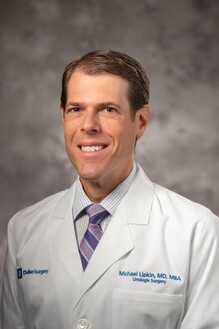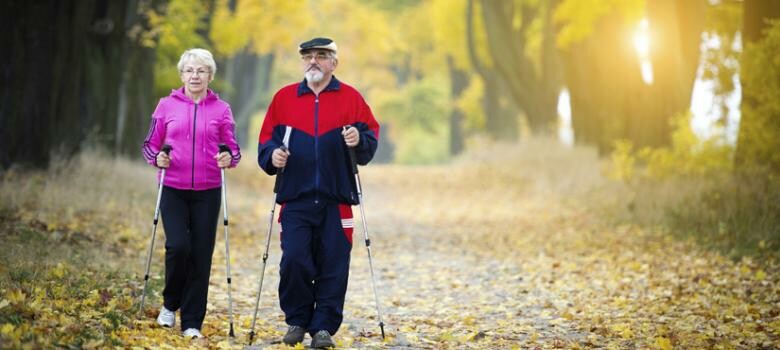Preventing and Treating Kidney Stones

Kidney stones are prevalent in the Southeast—also known as the "stone belt" -- but they’re also preventable. Find out out if you're at risk for kidney stones, and how to prevent them.
The average North Carolinian enjoys a diet that is rich in heritage—and also rich in fat and processed foods, including mushroom-soup casseroles, mayonnaise-laden salads, and fried meats and vegetables. Our state is part of the not-so-illustrious “stone belt”—a stretch of the country, mostly the Southeast, where the incidence of kidney stones surges.
Although North Carolina may be in the lead for this unfortunate honor, Americans as a whole are making more and more kidney stones than ever before, according to recent research by Duke urologist Charles Scales, MD.
Stones are most common in men and in people who are white, who are obese, or who have diabetes, but they’re also on the rise in all groups. “There are a lot of theories as to why,” says Duke urologist Michael Lipkin, MD. “The most commonly accepted is that it parallels the obesity epidemic.” An obese woman, for example, has double the risk of a kidney stone as a normal-weight woman.
How You Get Kidney Stones
Kidney stones form when we’re overburdening part of the body’s built-in detox system: the kidneys. Their job is to constantly screen the blood, absorbing useful chemicals and eliminating unwanted chemicals through urine. If too much of certain chemicals or minerals builds up in the kidneys, these particles can bind together and form a stone. That stone may stay in the kidney, but if it travels down the urinary tract and through the ureter it can cause pain—often, severe pain.
These painful stones are preventable. “That’s new information to many patients I see,” Dr. Lipkin says. “Unfortunately, urologists don’t get a lot of training in preventing stones.” But he says that prevention is straightforward and effective, especially for people who’ve had only one or two previous kidney stones. “For those patients,” he says, “if they don’t have other risk factors, I usually recommend diet and lifestyle changes.”
People who have had multiple stones or have complex risk factors may need medications or surgery. “We have those patients do an at-home urine collection, which we analyze for a variety of risk factors,” Dr. Lipkin says. “If you are making lots of stones, we may not be able to completely eliminate them, but we can drastically reduce them, especially if you stick with the lifestyle changes.”
How You Can Avoid Them
Dr. Lipkin says that for anyone who is concerned about kidney stones, making simple changes to what you eat and drink can be an effective way to reduce or eliminate your risk.
- Mind your minerals. You may have heard that calcium consumption is bad for kidney stones, but data over the last 10 years have shown that eating or drinking three servings of calcium a day is helpful to keep your risk low. Magnesium is another mineral that can inhibit stone formation. Look for foods that are rich in these minerals.
- Balance your glass. Limit your intake of soy and almond milk—those are big sources of a compound called oxalate, which can contribute to stone formation.
- Suss out the sodium. Excess sodium can contribute to stone formation, and most of the sodium that Americans consume comes from processed foods (anything that comes from a package), restaurant or takeout food, and canned and pickled food. In other words, eating meals at home, made from scratch whenever possible, can make a big difference.
- Drink more liquid. People who’ve had previous kidney stones are advised to drink three liters of fluid every day. “I tell them to buy a 32-ounce water bottle and know they have to drink three of those every day,” Dr. Lipkin says. It doesn’t have to be strictly water either. One of Dr. Lipkin’s recommendations is lemonade. Lemon has citrate in it, which helps prevent stone formation.
- Eat fewer animals. If you’ve had a stone, Dr. Lipkin recommends limiting your daily intake of animal protein to six or eight ounces. Enjoy exploring animal-free sources of protein instead.





